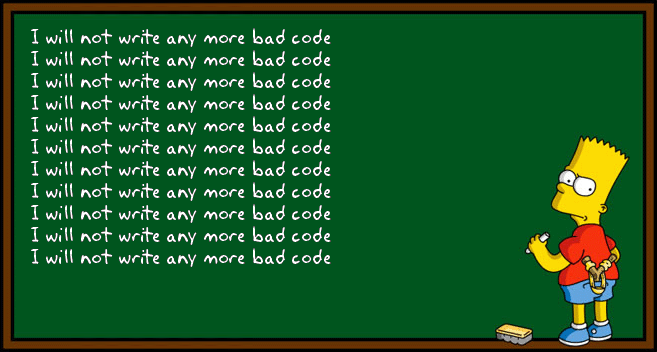2021 Man Cave
12 May 20212021 Man Cave Life
Throughout 2021, I’m proud to say I’ve basically lived in a man cave. This year I became a basement dweller and acquired a severe lack of Vitamin D. However, I’ve also aquired a new skillset that actually piques my interest. Software engineering is hands down the most interesting course I’ve ever taken. ICS 314 at UH Manoa has earned my stamp of approval.

Lazy Man Struggles
Those who know me might say I am a lazy person and in fact I do agree with them. Except for one thing, being lazy has an advantage of finding ways to cut corners to produce similar, if not better, results. This advantage is also one of my shortcomings when it comes to software engineering. Software engineering requires an abnormal amount of precision when writing source code. The system will end up refuting your hard work and force the programmer to edit the code before submitting. This little evil tool is call coding standards.
Coding standards are a beautiful tool to make code visually appealing. Beautiful code is not only pleasing to the eyes, but it helps the author of said code organize their thoughts into very formatted sections. Being a lazy man myself, I’ve consistently sturggled with coding standards, but throughout the semester I’ve managed to recognize unformatted code. And this habit has gotten to the point where the code appears to be unreadable if it’s not written in some kind of standard.
Beyond the scope of software engineering, coding standards could be looked at like grammar or a routine for your day to day life. Installing these small corrections to your writing or your morning routine will eventually become a habit. Personally, I have been trying my hardest to fix my posture by sitting on a backless chair. My backless chair represents coding standards and my posture will slowly but surely become better just like how my eyes have become trained to recognized unformatted code.

Teamwork Makes the Dream Work
Agile Project Management (we’ll call it APM for short). To summarize, APM is a project management ideology where the work is split up and then merged into one later. All whilst tackling issues along the way. The ideal is that the small issues will slowly build up and towards the completetion of a project. In ICS 314, we’ve attempted to use APM for a final project. Although very confusing, APM has helped group members organize thoughts and correct errors in upcoming phases of a project. I like to think of APM as ants all working in union while over coming challenges as they appear.
APM in the Real World
Outside of a classroom environment, APM finds some uses. Let us use a restaurant for example. The host/hostess sits diners, the waiter takes order, and the cook prepares the orders. A restaurant is a well oiled machine, which each team member working independently, but still relying on one another. And when issues like a undercooked dish comes up, there is a safety net and a direct course of action to correct the mistakes and handle the issues. See APM allows for the team to adapt and overcome any challenge that occurs. The end goal of sevring the customer and ensuring they have an enjoyable experience is stil the same, but any bump along the way can easily be handled.